This post written by Keidra originally appeared on The Learned Fangirl. It is being cross posted here with permission.
Actually, marketers can’t learn anything from watching reruns of She-Ra, I just wanted to use that as a title for some reason. Anyway, for the past couple of months, my inability to go to sleep before 1 a.m. has led to a nightly viewing of reruns of He-Man and She-Ra on children’s programming-oriented Qubo. You may find this strange but before this I was watching Maisy to ease my chronic insomnia, so the inclusion of actual dialogue in my shows is a marked improvement. And all of it is better than reruns of How I Met Your Mother. I must say I find myself preferring She-Ra to her twin brother’s show, though I am aware that show came first. For a number of reasons, I found myself drawn in once more to the people, places, repetitive musical elements and stock animation of Etheria, so I thought I’d share a few of my insights on the show. Sadly, Qubo has replaced He-Man and She-Ra with Sherlock Holmes in The 22nd Century, and I have a sad feeling that you’ll be seeing a post about that next.
Anyway, here 5 things you can learn from I want to ramble about involving She-Ra. You’re welcome.
1. She-Ra was oddly sorta feminist
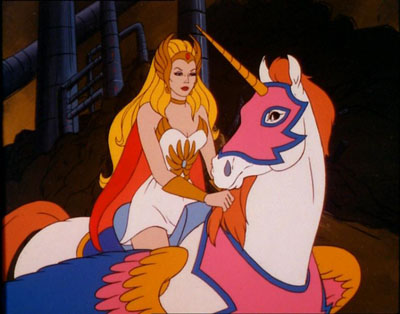
I was pleasantly surprised to see that most of the major storylines for Adora (She-Ra’s true identity) revolved around her heroism, her leadership skills and her relationships with her friends/brother. Not to mention, most of her conversations with her female friends Glimmer, Frosta, etc, revolved around the very important topic of freeing Etheria from the clutches of the Evil Horde. It’s actually a Bechdel Test win in pretty much every episode.
As much as I love her 80’s cartoon counterpart, Jem, Jem/Jerrica spent a good chunk of her non-rocking spare time obsessing over her boyfriend, Rio, talking to her friends about if Rio’s into her and needing to be rescued by Rio. Sure, Frosta was pretty heavy into He-Man but every group of ladyfriends has the one lady who’s hot for the brother of another ladyfriend so it’s realistic, I think. Eventually, Adora did get a love interest, the pirate SeaHawk (who oddly reminds me of Ewan McGregor) and even that subplot was handled in a mature way for a kids’ TV show. His introduction was not as a love interest, but as a foil for Adora, who convinced him to turn to the side of good. Only in later episodes did a romantic connection between Adora and SeaHawk develop. Which brings me to the fact that… Continue reading

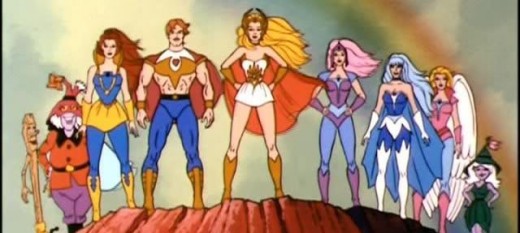
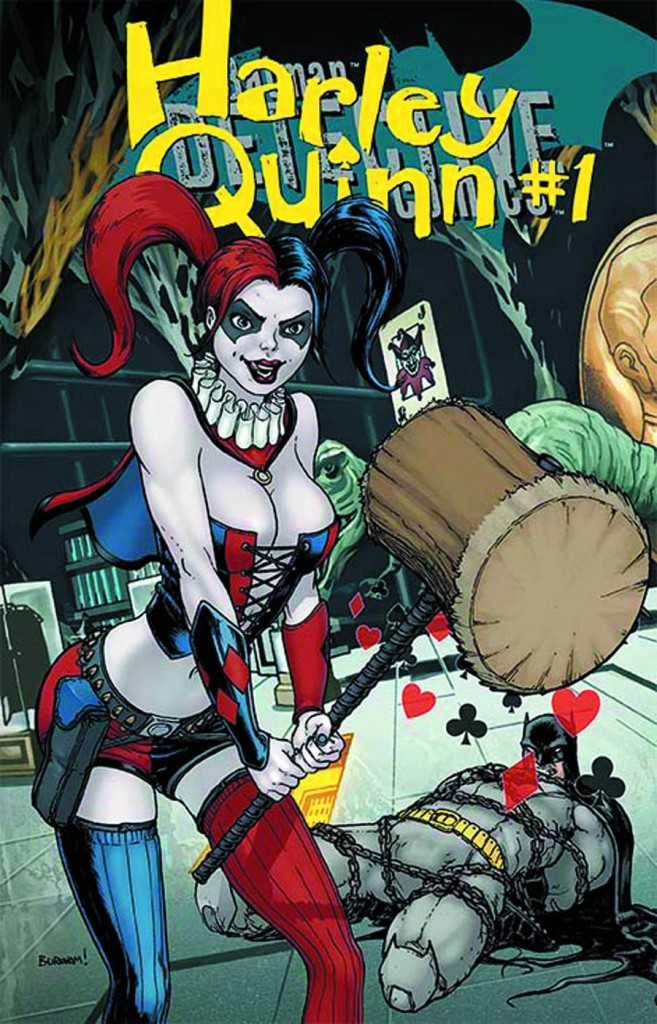
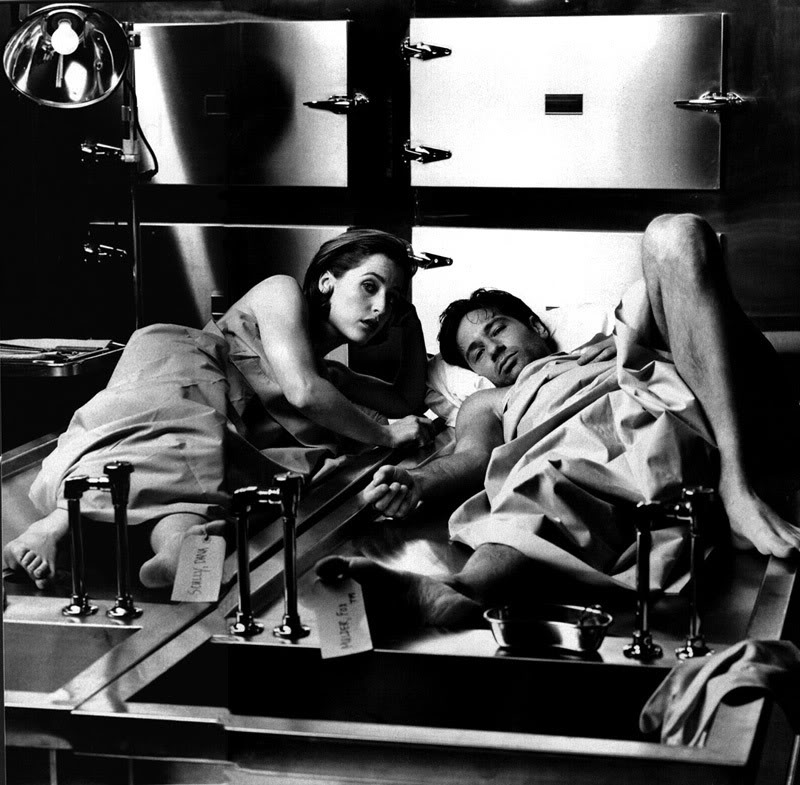

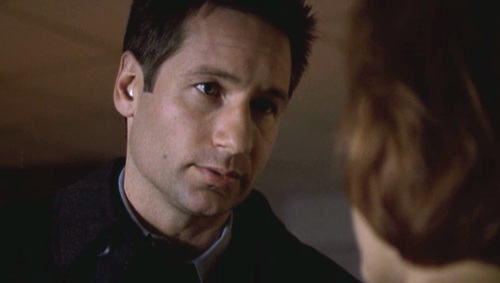
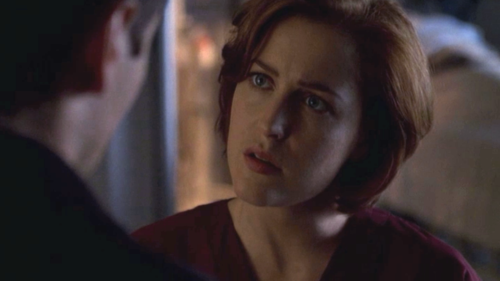
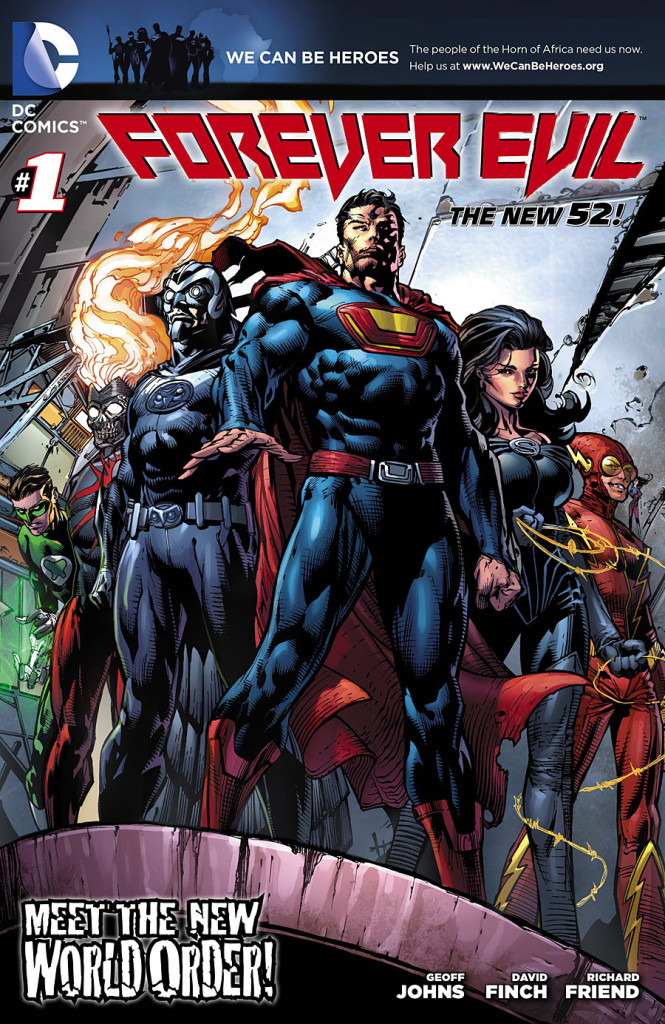

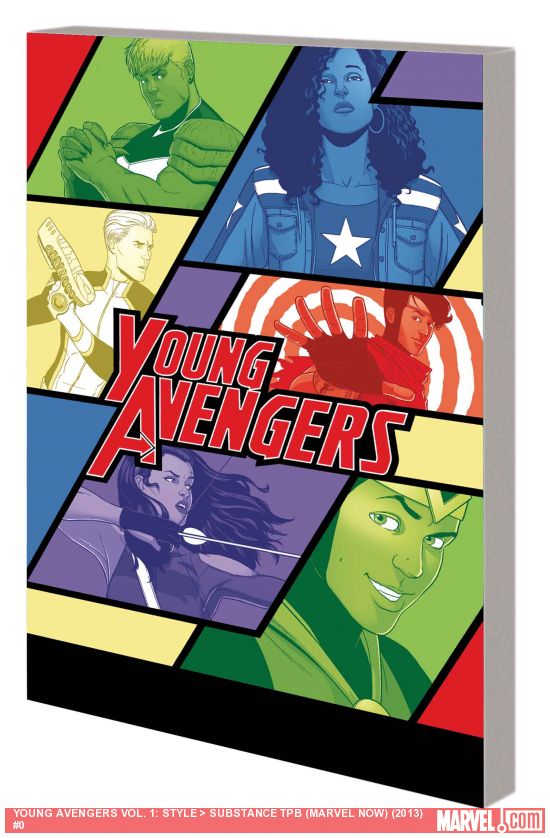
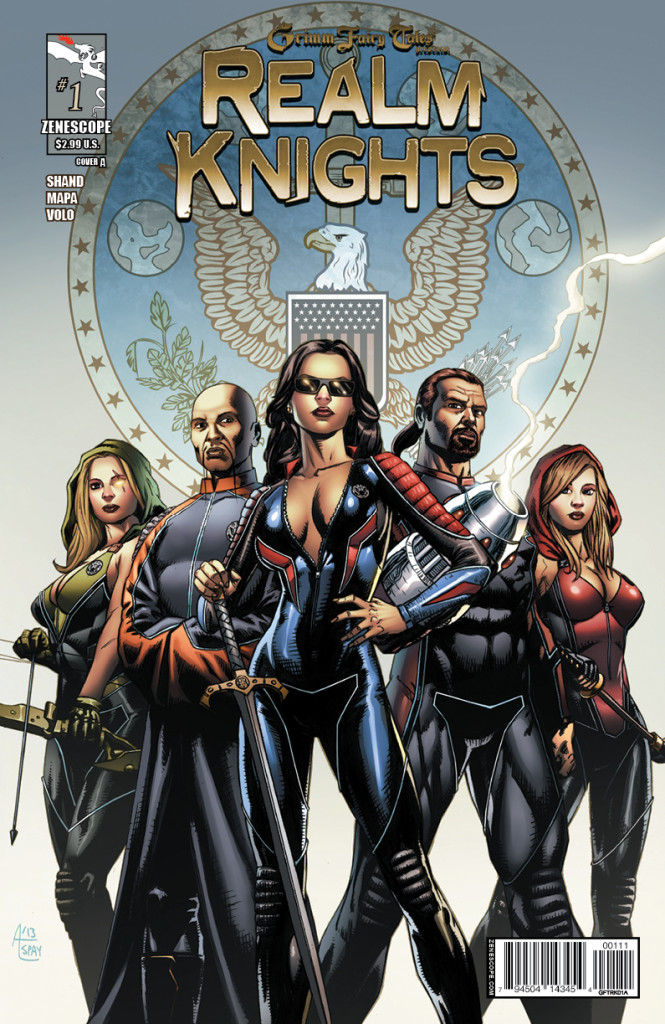
![D. Young in WWE 2K14 [via @WWEgames]](http://www.geekquality.com/blog/wp-content/uploads/2013/08/wwe-2k14-darren-young-200x300.jpg)
![Whether it's short or tall, fat or thin, male, female, or somewhere in between, Saints Row IV lets you be the Boss of your wildest dreams. [via Saints Row Character Gallery]](http://www.geekquality.com/blog/wp-content/uploads/2013/08/2aijx4z.jpg)
![Steve Cortez in Mass Effect 3 [via Mass Effect Wiki]](http://www.geekquality.com/blog/wp-content/uploads/2013/08/ME3_Steven_Cortez-300x300.png)


Choice: Texas – A Q&A with Carly Kocurek and Allyson Whipple
No matter how much some stalwarts may resist it, gaming as a medium for creative expression is evolving and growing. More and more independent game creators are able to reach a wider audience with the help of social media and crowd funding, while established developers are releasing titles that incorporate deeply personal storytelling elements, such as last year’s Papo & Yo from Minority Media. Games and interactive fiction also allow more opportunities to engage the player with important perspectives, potentially leaving the player changed after their interactive journey.
Inspired by the options interactive fiction presents for raising awareness and engagement, writers Carly Kocurek and Allyson Whipple recently launched an IndieGoGo fundraiser for Choice: Texas, a web based game that would allow players the opportunity to navigate the complex and troublesome waters of abortion access in the state of Texas. Incorporating real research into healthcare, policy, and socioeconomic factors, the game will provide a very personal, empathetic way to be educated on the real circumstances so many women face.
I caught up with Carly and Allyson recently to find out more about their inspiration for the project, the creative approach, and what they hope to accomplish.
Choice: Texas – Latrice, character design by Grace Jennings
How did the inspiration for this project come about?
Carly: About a year ago, I got interested in the idea of a pen-and-paper or card-based RPG about abortion access, because I was trying to think of a way to really show how different factors limit who has access to what. I couldn’t ever quite settle on a way to make it work, though, and then I played Spent and Depression Quest, and I got the idea to do something web-based that would be more of an interactive fiction game. When I landed on that, I got in touch with Allyson, because I thought it would be a good opportunity for us to work together, since we’re old friends, and also because I thought we’d bring different skill sets and knowledge.
Allyson: We talk online all the time, and every couple of weeks she’d make reference to it. It started as something that might become a tabletop or card game, and then grew into an interactive fiction. When she asked me to jump on board, I didn’t even have to think about it. I was in! Continue reading →